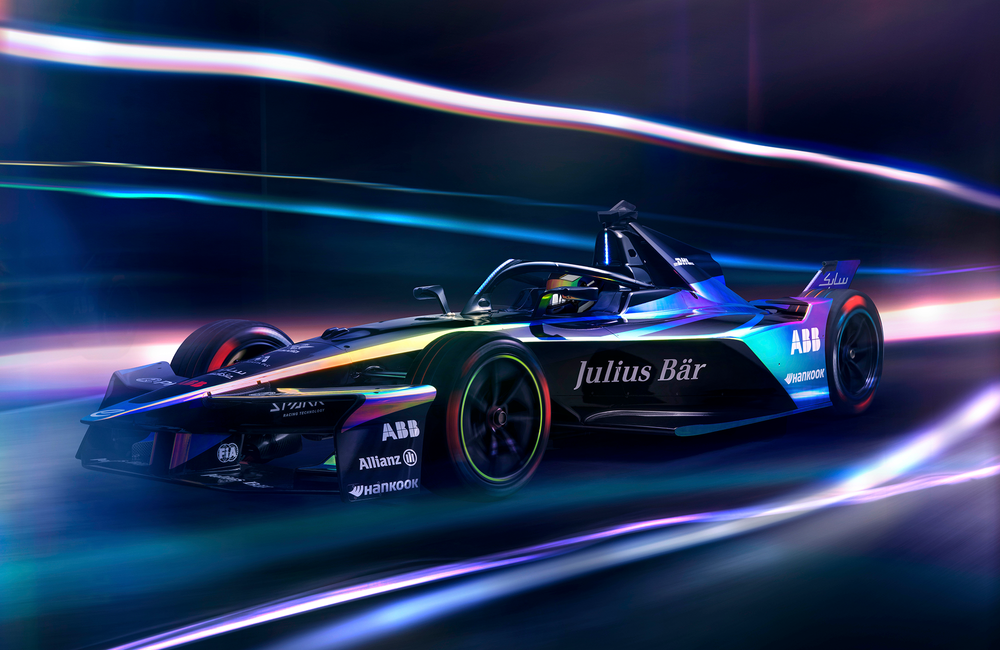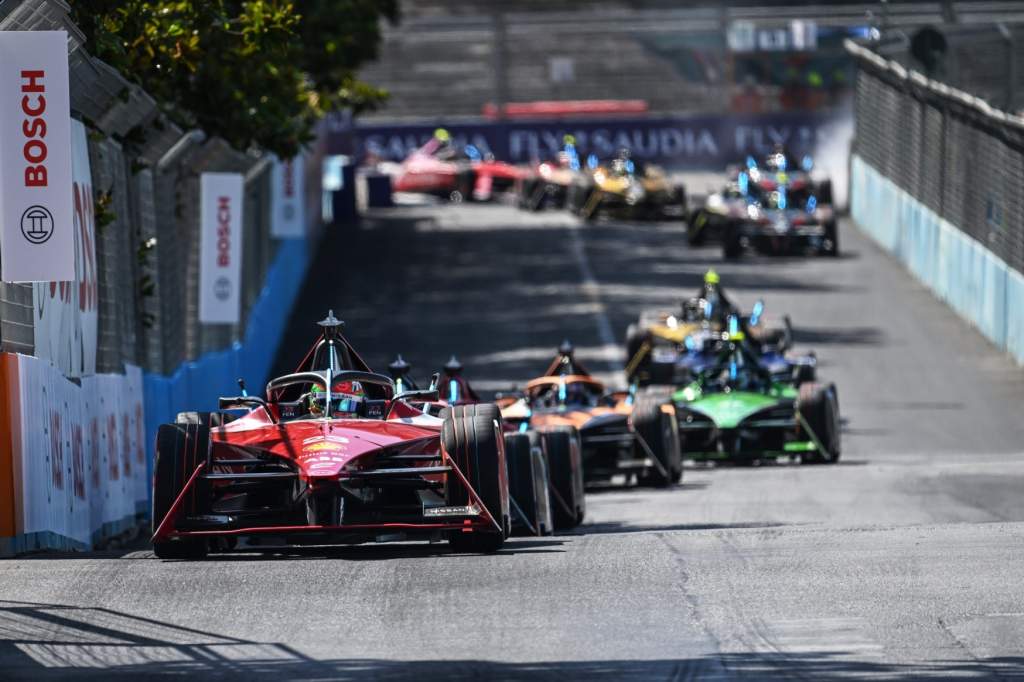The new-look Formula E car for the next two seasons, to be known as the Gen3 Evo, will boast “acceleration 30% faster than a current Formula 1 car, and 36% faster than the current Gen3” according to the series.
The FIA and Formula E have concentrated on more potent acceleration through an active front powertrain (FPK) to be used in qualifying, the race start and during the mandatory attack modes for the Gen3 Evo which will hit the tracks publicly this November at the pre-season Valencia test.
The enhancements have been actioned largely due to complaints from drivers and teams over the overall feel and performance of the car, which fell way short of the initial hyperbole from FE’s then-chiefs ahead of Gen3’s debut at the start of 2023.
A new benchmark for high-performance, sustainability and efficiency.
— Formula E (@FIAFormulaE) April 25, 2024
THIS is GEN3 Evo ⚡
The Gen3 Evo will, according to Formula E, be able to accelerate “from 0-60mph in 1.82s” and will have “5-10% more grip, made from 35% recycled and sustainable materials (+9% vs Gen3 spec)”.
A new tyre compound provided by Hankook is set to provide more grip and use 35% recycled and sustainable materials.
It is being billed as the “most efficient formula car ever: An electric motor with over 90% efficiency, significantly surpassing the 40% efficiency typical of internal combustion engines”.
It should be a better driving experience
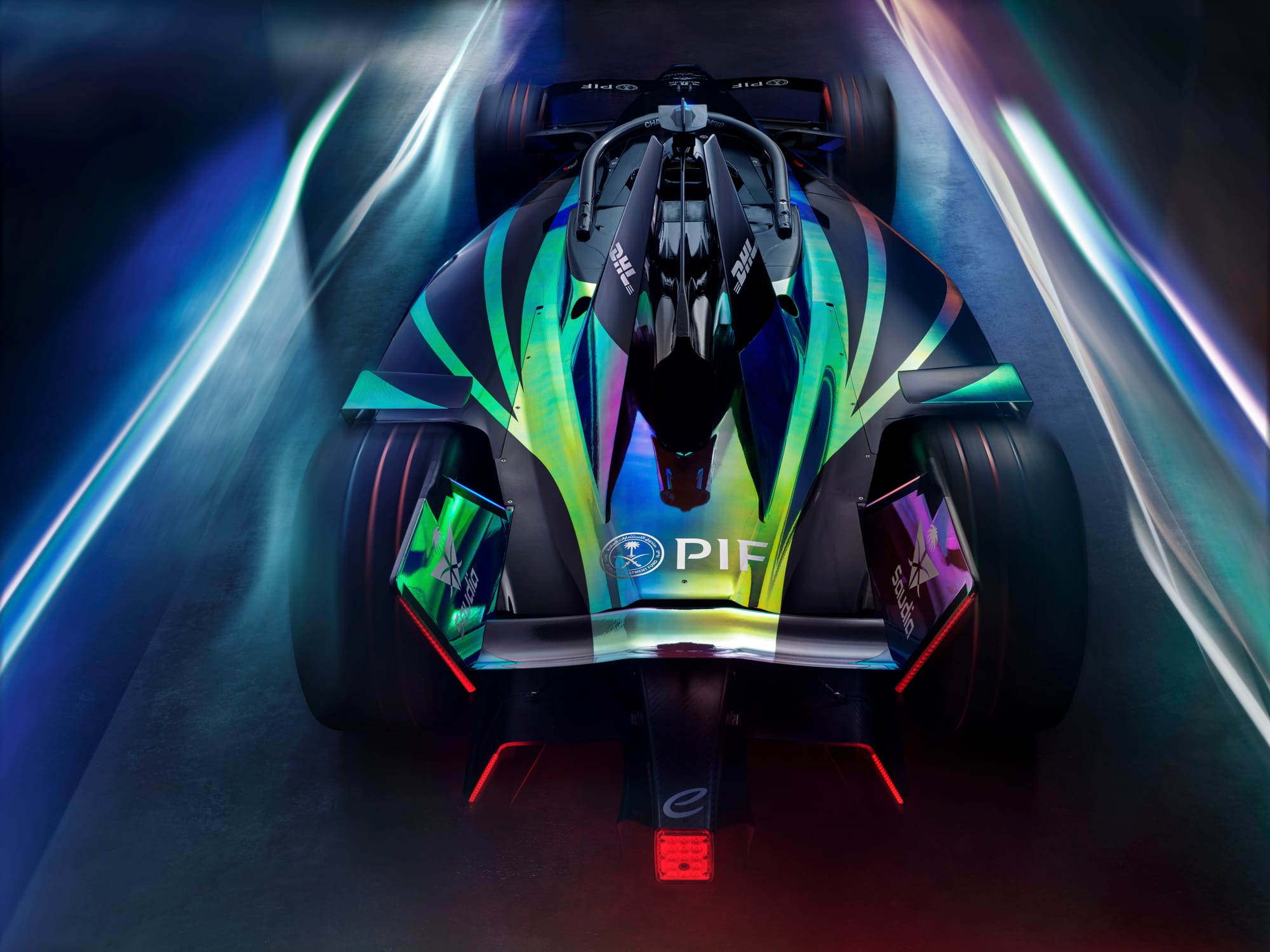
The Gen3 car’s travails during its development in 2022 were exhaustively reported on The Race. The project was beset by difficulties, safety issues and met a general lack of enthusiasm from the drivers, who generally loathed its handling and its lack of feel.
While some of those challenges were met, several were not. But the cars did provide strong racing, mostly thanks to the innovative sporting format and the ability to overtake when the usable energy and circuit configuration allowed.
Now, the Gen3 Evo’s spec FPK active (supplied by Californian-based EV engineering company Atieva and affiliated to the Ludic Motors EV brand) essentially means it will be able to run four-wheel drive, so that generating energy will aid traction and give drivers much more driveability on low and medium speed corners.
This combined with a softer, although still durable tyre compound from Hankook, should mean laptimes improve by around 1 and at least 1.5 seconds at most circuits.
“I think you can have a visible difference, especially on the tight corners but not so much in the fast corners but in the tight corners,” Formula E sporting and technical consultant Dieter Gass told The Race this week.
“You're going to see the difference in acceleration at the race start because we have seen now the car can accelerate below two seconds from 0 to 60 miles per hour and without front wheel drive you're above 2.5 seconds.”
The initial feedback from drivers was positive after they tried the active front FPK and different compounds of Hankook rubber at a manufacturer test at Majorca last November.
One who sampled the car was Nissan’s Oliver Rowland, who told The Race that “the performance of the car in general is a big step forward”.
“Lap time was a couple of seconds faster; the traction is a lot improved and I think they’ve made a good step on the tyres,” he continued.
“Could they be more aggressive? Probably I think yes.
“I still don’t think that it’s a tyre that’s dropping off and creating massive one lap potential. It’s still quite a consistent tyre over the race sim. It’s a good step forward, I mean it’s a good intermediate step forward let’s say.
“It will depend on the track and how traction limited it is because the four wheel [drive] makes a big difference to traction, and the tyre. I would say three seconds [gain] on a technical, dusty, slippery track is about right.”
The Hankook tyres had an initial target of “improving the grip by 10%” according to Gass.
“I think we ended up somewhere between 5% and 10% grip increase, so almost at the target. The tread still looks the same, but it's a little bit less deep.”
The genesis of the Gen3 Evo was actually born out from the so-called Gen Beta car that was used for a Guinness World Records indoor acceleration bid at London ExCeL last July. The Gen3 Evo has several elements of it that have been carried over from the Gen Beta model that was driven by Lucas di Grassi and Jake Hughes in London.
The Gen3 Evo car is estimated to bring a “2% performance gain from Gen3, equating to a two secs faster qualifying lap on the Monaco circuit”, according to FE.
Formula E previously consistently stated, erroneously as it turned out, that the Gen3 car would regularly reach 200mph. It never did in events, instead registering a fastest ever straightline speed of 172mph at Portland last June.
Whether from a top end perspective Formula E’s marketing spin will be more plausible in Gen3 Evo remains to be seen but generally something around the 180/185mph mark for the revised car might be achievable depending on the tracks it visits.
Front wing will be more robust
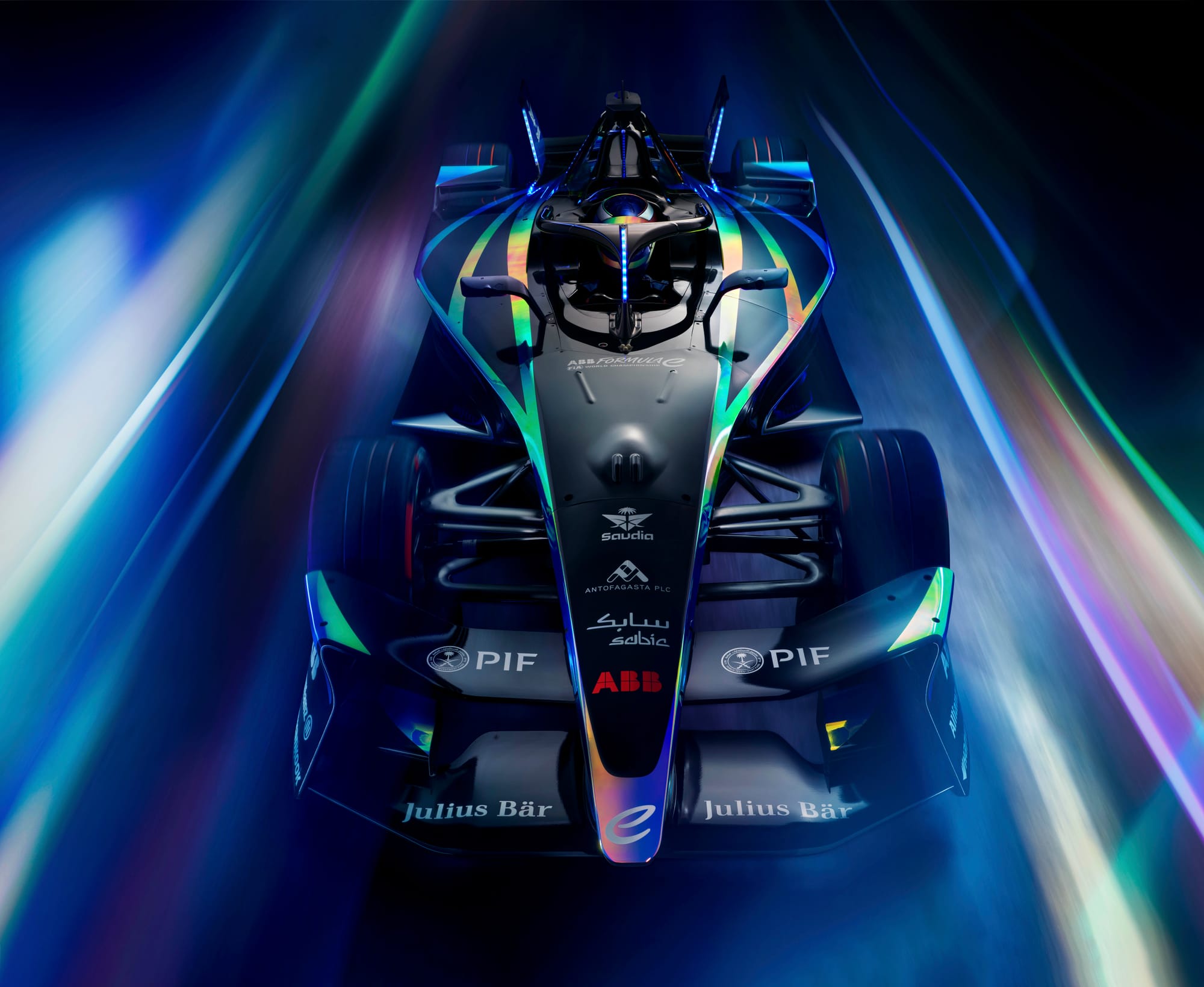
Formula E went from the all-encompassing covered prototype style front bodywork section of Gen2 to the open-wheeled more conventional look of Gen3 in 2023.
One thing that changed was the intensity of the contact from one generation to the other. The more robust Gen2 cars had been able to get away with less damage from what we’ll call ‘tactical’ contact.
The more conventional open faced front-wing of Gen3 and its open-wheel set-up was a surprise because aesthetically and sportingly the Gen2 front bodywork set-up was generally popular with driver and fan alike.
The Gen3 cars too provided a bigger hole in the air than the Gen2 cars with more drag, which has been used tactically in the draft during ‘peloton’ races where energy can be greedily saved.
“The main target of the bodywork changes was improving drag,” said Gass of the Gen3 Evo.
“The change in the front wing was one of the elements of changing drag, but at the same time Spark has looked into making it a bit more robust.
“This is a little bit of a historical discussion, I would say, between the teams and Spark. When it's too solid it is no good and when it's too brittle it's not good either.
“I think they're now halfway, and we hope that we don't see as many damages anymore as we have this year.”
These have included alarming accidents last season with Nico Mueller at Portland and Nick Cassidy this season in Sao Paulo when the wing elements failed through contact and acted as skateboards on the cars.
Attack Mode will work
The lack of opportunity for drivers to really use the extra 50kW from running over the off-line transponder loops at each circuit and triggering attack mode has been noticeable since the first Gen3 race. Attack mode has become more about working out when to factor in the time loss from going over the loop, not something that can be used aggressively as a power boost worth having for overtaking.
While Formula E markets the countless hundreds of artificial and mostly meaningless tactical place changes in its peloton races, the reality is that very little genuine attack mode overtaking actually occurs in any given race.
That should change next season with the Gen3 Evo car.
“I think that should be helped by two things, really. One, the four wheel drive element and the second is the tyre grip,” said Gass.
“Because from what the drivers were saying, in many situations, they couldn't use the extra power because they didn't have enough grip.
“This is the consequence of the traction basically. Now, drivers really should be in a position to benefit from the activated attack mode.”
The better traction and driveability of the cars should make the extra 50kW usable for overtaking moves as that grip will let drivers apply their extra power properly.
Gen4 still the real ‘Game Changer’
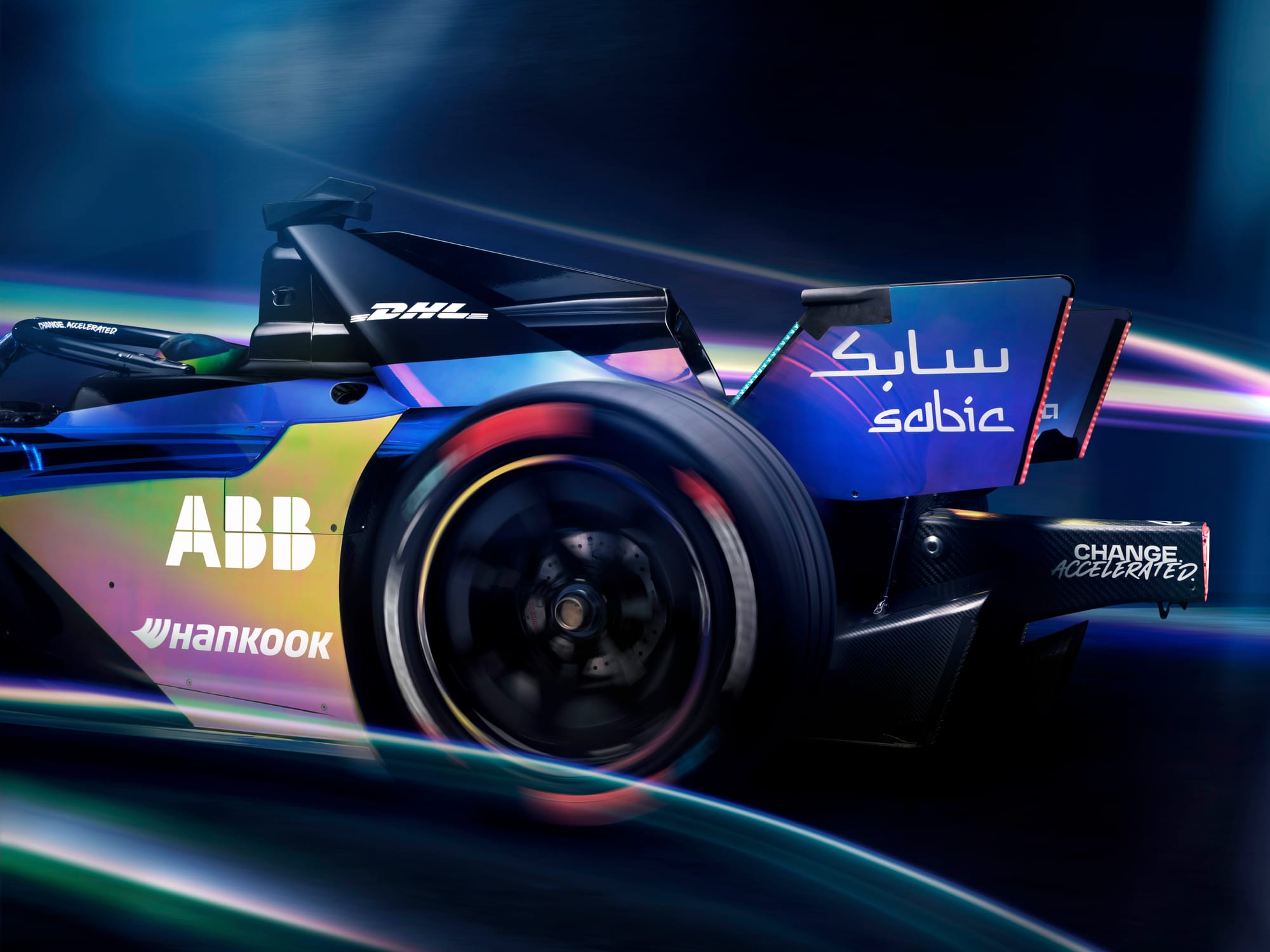
“Every iteration of the car I would like to look better, to perform better. That could be 'go faster' but it could also be 'go longer',” Formula E CEO Jeff Dodds told The Race recently.
Faster and longer is a neat encapsulation of what Formula E needs to achieve as it heads to Gen4 which Dodds also reckoned was “what is really exciting us now.”
That car will include a regeneration capacity up to 700kW and an increased power output up to 600kW.
But that’s for two years’ time. Gen3 Evo is just an interim step.
“From a driver point of view, you want it to be a more exhilarating thing for them to drive and you want drivers to look forward to jumping in the car,” Dodds added.
“We've actually done some testing on performance of the car, I won't give the big reveal now in detail, but from an acceleration point of view it will be incredible. It will give incredible acceleration but there won't be a huge amount of difference at the top end of this car because we're not fundamentally changing the powertrains.
“The feedback I hear from the drivers is that it's a nicer car to drive and is a more thrilling car for them to drive.”
The targets of Gen3 Evo are reasonably clear then - they’re what the FIA’s circuit racing chief Marek Nawarecki describes as “to see the races as attractive as they can be for fans, also for drivers, teams and the sporting format of Formula E”.
“I think that the evolutions, the upgrades that we are ready to bring to this car, will support these objectives,” he added.
“Since the beginning of this project, we took on board the different solutions to gradually improve the performance of this car, which already is quite impressive on the track in many aspects.”
But Nawarecki was a little more contained than the drivers and promoters on what the Gen3 Evo might bring forth, saying that the motivation was to “increase a certain number of parameters to give additional features in terms of traction for example, to have slightly better performance regarding the grip”.
“We believe that, all together, I would avoid saying that this will bring specifically certain effects, but I would say the global outcome for the evolution will be more performance clearly observed by the fans during the race,” he added.
A better-looking car?
Dodds believes the Gen3 Evo is a step forward aesthetically on its predecessor, having been a sceptic of the initial elegance of the Gen3 car.
"The Gen3 car is very distinctive, so when you see a Gen3 car versus an IndyCar or a Formula 2 car or a Formula 1 car, you recognise it straightaway, and one of the reasons you recognise it is that very distinctive, kind of with the triangular shape at the front of it," he said.
"Now, personally I don't love that shape, it's a very personal thing. So when I saw the designers come out of this team for Gen3 Evo, and they were saying it looks more butch on the track, it's a bit lower, sits a bit wider. It's more aerodynamic but it's got more pinched nose...maybe a slightly more traditional nose to it, I thought it looked amazing.
"All of a sudden, I went from seeing a car which was amazing and really liked the performance of but didn't love the look of, to getting the whole package looking better and is a better performing car is more aerodynamic and I think it looks butcher, it just looks more muscular on track."
Headlights were considered
Manufacturers have been asked several times about items of cosmetic interest that could enhance the recognition of their brands within the design of Formula E cars.
Two specific areas have been the possibility of lights being mounted on the cars and also an artificial noise being enhanced to make the cars more audible.
“We’ve actually had a few discussions which are always somewhat wobbling around where people want to do something,” confirmed Gass.
“One thing is the lights and the other thing is the noise. Both of them are somewhat, I would say in the clouds, in discussion, but no decision taken on that.”
Gass stated that he could “imagine that for Gen4 something is happening there but that'll depend as well on the design of the car.
“It's somehow always in the discussion, but we’re not really at the stage where it's a clear push, for example, from the manufacturer saying we have to have it, that doesn't happen.
“It could happen but it is not necessarily going to happen.”

